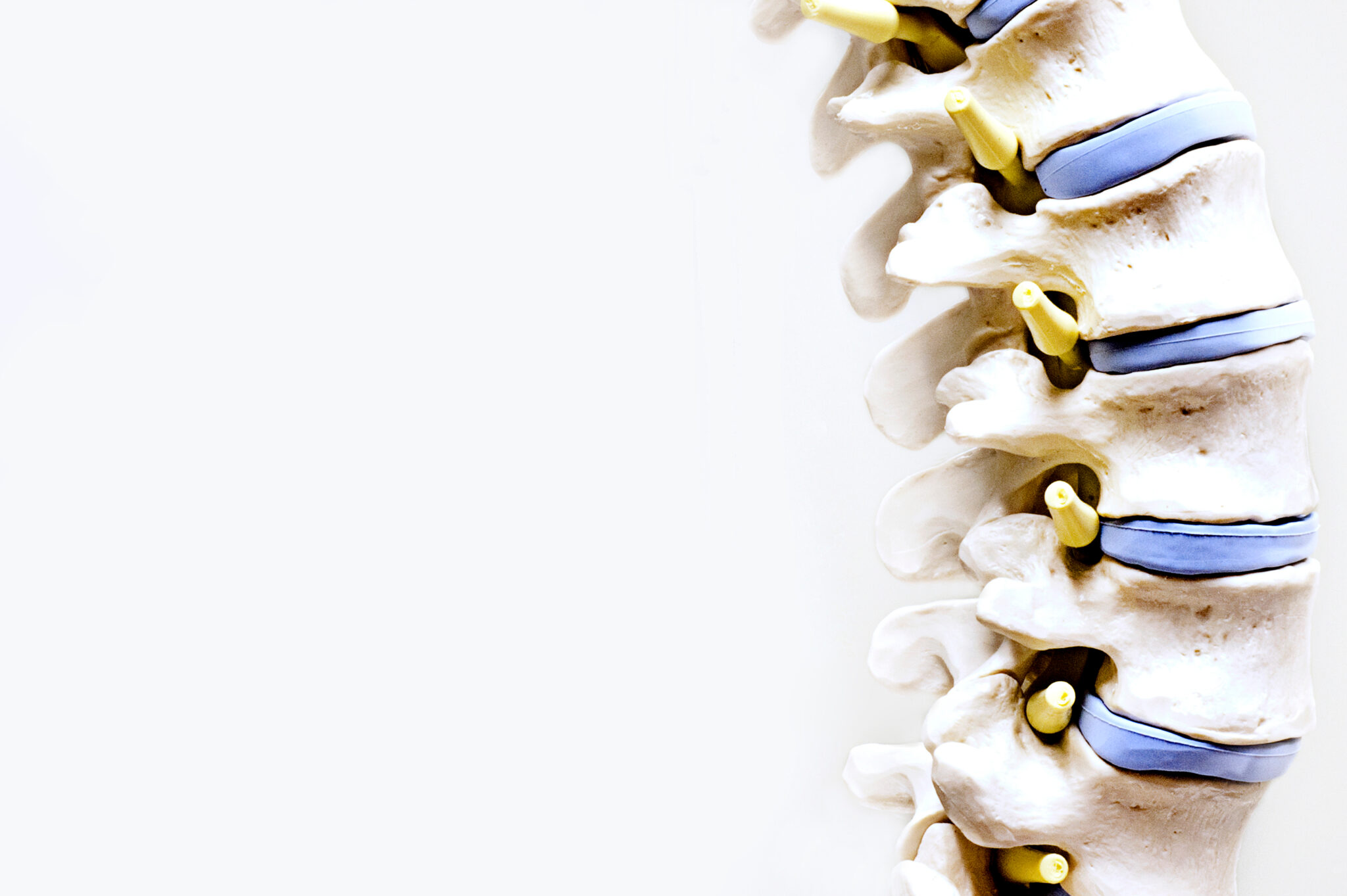There are many structures that can be irritated in the lower back that result in pain without any major mechanism of injury or incident. The most simple form of lower back pain comes from overloading the back musculature. This can occur by holding postural positions for long periods of time or pushing the muscle through harder-than-usual activities for its current strength capabilities. The lumbar spinae also consists of multiple vertebral joints (with their cartilage, joint fluid and joint capsules), discs, ligaments, tendons and nerve tissue, all of which can create irritation and pain in the lower back.
Acute lower back pain
Low back pain can be acute or chronic. Acute pain comes on suddenly and lasts from a few days to a few weeks if managed correctly. This can be from an overload injury (lifting a heavy item), or it can be from something that may seem more trivial (bending and twisting to tie shoelaces). Some of the most common acute pain diagnoses are a muscular spasm, disc bulge, joint sprain or nerve root impingement.
Chronic lower back pain
Chronic pain is when an acute episode isn’t resolved and continues for 12 weeks or longer. Alternatively it could present as mild pain with no definable mechanism of injury, and worsen over time; for example, if you have a desk job which requires several hours of sitting per day and potentially an inadequate desk set up. Chronic pain is more commonly related to degenerative disorders; for example, a wear down of the cartilage in the joints or discs degeneration. However, chronic pain can simply be occurring from a habitual activity that loads the musculature poorly, and needs to be altered.

Symptoms
While low back pain can range in intensity from dull and constant to sudden and sharp, other symptoms that you may also notice can include:
- Pain into the buttock or upper thigh
- Referred pain that can run down to the foot or paresthesia (pins and needles and numbness) that run down into the leg and foot
- Reduced mobility
- Trouble sitting or standing for long periods of time, or disrupted sleep due to pain
Severity and frequency

The things that can affect low back pain severity and frequency can include:
- Work – if the job is static, or a manual job that involves heavy lifting, pushing or vibration
- Exercise – if the exercise is high intensity or high in frequency
- Age – there is a normal level of degeneration with age
- Weight – higher body weight increases loads on the lumbar structures. This is especially true for abdomen weight, as the center of mass of the body moves forwards (anteriorly), creating more stress for the muscles at the back to counter this anterior force.
- Hobbies – if they involve repetitive bending or awkward positions like gardening
- Mindset – believe it or not, an individual’s attitudes and beliefs towards their pain can directly affect their recovery time and outcomes
- Smoking – this can restrict blood flow and oxygen to the discs causing them to degenerate faster
Prognisis
Although lower back pain it is very common, the good news is the prognosis for acute low back pain is quite good. Most individuals will experience a major decrease in their pain within the first week, and can feel back to normal within a few weeks. The human body is resilient and designed to withstand significant amounts of force and exertion. Chronic low back pain is expected to take longer, often requiring postural and strength re-training and/or an understanding of pain pathways. It may require a few months of consistent treatment but can be quite variable.
Physiotherapy
A physiotherapist will do an assessment to analyse what structures are being affected. From this they will use various techniques to treat the source of the problem, such as manual therapy, massage, trigger point therapy, dry needling and education on activity modification. In most cases, an individualised home exercise program will be prescribed which could target stretching to lengthen tight muscles, strengthening exercises or postural retraining. Hands-on physiotherapy in combination with consistent home exercises can be extremely effective in the treatment of low back pain. If you are experiencing low back pain, it is beneficial to come in sooner rather than later to understand the source of you pain and where you could be improving from the outset. Broadly prescribed exercises for general “lower back pain” are not beneficial for all conditions. Therefore discovering the source of the painful structure before self-treated or starting a home bases exercise program, is recommended.



